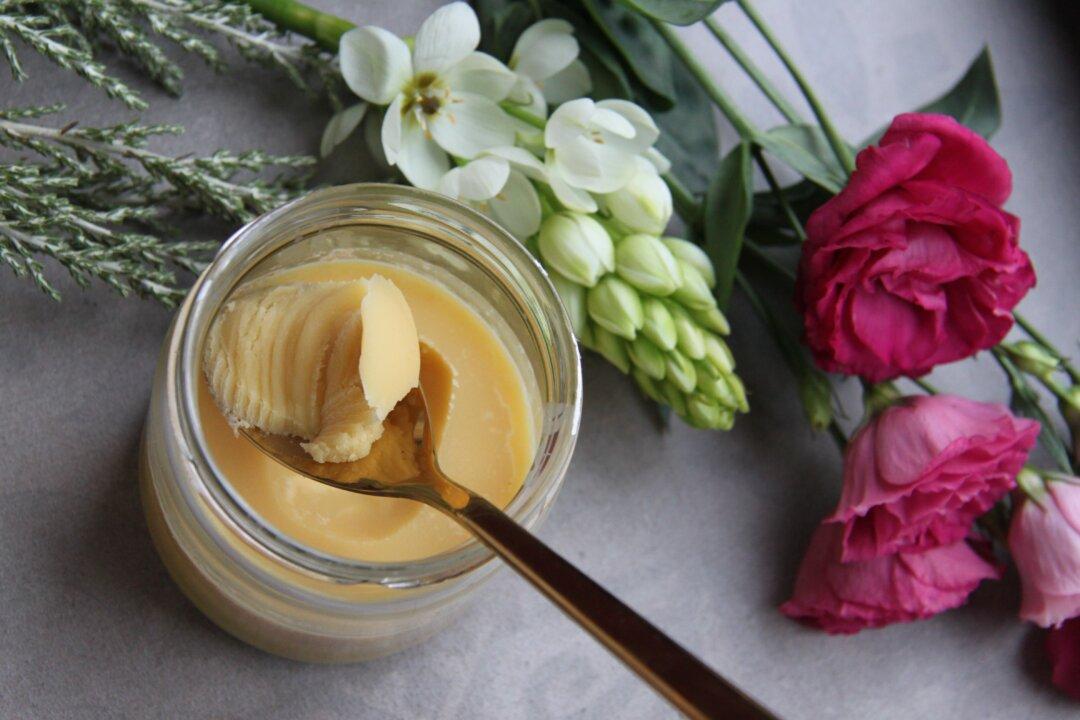With all the many vitamins available to us, you might wonder why I chose to focus on vitamins A and D in this particular article. Well, wonder no more. (Smile) These two power-packed vitamins are essential for our health, and they are abundant in the foods I discuss below. Before we get to that, however, let’s just chat a bit about vitamins in general and then turn our focus to vitamins A and D. In the kingdom of good-for-you foods, they are super winners.
Though you can find a trillion websites that offer detailed information about vitamins and their specific functions, this blog post is more about foods. Therefore I will be keeping more to the simple side of things rather than getting into a complicated discussion of what a vitamin is (and is not).

